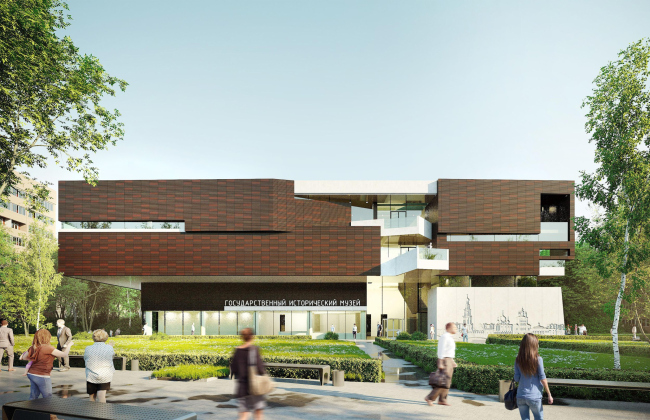|
Published on Archi.ru (https://archi.ru) |
|
| 03.07.2024 | |
|
The Big Twelve |
|
|
Julia Tarabarina |
|
|
Yesterday, the winners of the Moscow Mayor’s Architecture Award were announced and honored. Let’s take a look at what was awarded and, in some cases, even critique this esteemed award. After all, there is always room for improvement, right? In 2024, as promised, 12 prizes of one million rubles each (approx. $11 370) were awarded, although in 11 categories. There were 12 architects and 25 projects. Out of 178 submissions, 48 projects made it to the finals, and thus, every fourth project selected by the experts was awarded.
The awards were personally presented yesterday by Mayor Sergey Sobyanin.
In the high-rise residential buildings category, where 14 projects competed, the winner was the residential complex on 3rd Setunsky Drive, designed by KAMEN Architects and Ivan Grekov. The list of competing projects included three from SPEECH, three from Kleinewelt Architekten, three from KAMEN, and one each from Tsimailo Lyashenko Partners, Apex, ADM, Pride, and GAFA.
In the category for non-high-rise multi-apartment buildings, the victory was eon by the buildings of the Shagal residential complex designed by Wall. There were five projects competing in this category, which is three times fewer than in the high-rise category, indicating something about the standards here. The contenders included the UNK house in Rublevo-Arkhangelskoye by Sberbank, GAFA houses on Elektrozavodskaya Street, the ATRIUM complex on Preobrazhenskaya Square, and the club mansions “Bolshaya Dmitrovka-IX” designed by Tsimailo Lyashenko Partners, which were put into operation in the first quarter of this year and seem to have received little attention in the professional press.
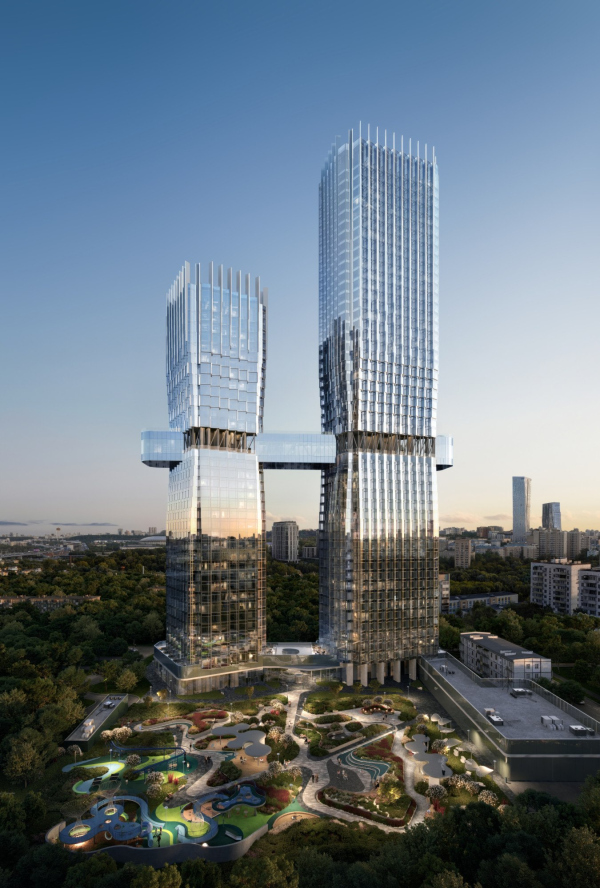 The housing complex in 3rd Setun DriveCopyright: © KAMEN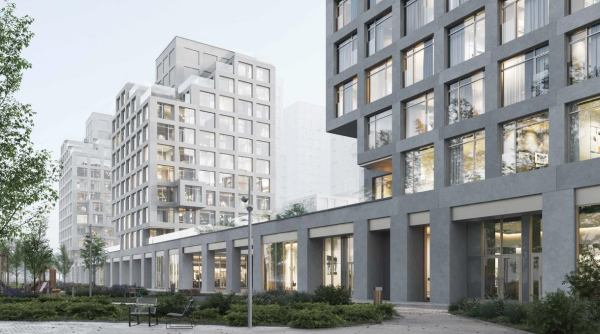 Houses in the Shagal housing complexCopyright: © WallIn the “Museums” category, the award went to the Museum of the History of the Novodevichy Monastery, designed by Vladimir Plotkin and Reserve Union. This is an interesting project, featuring modern architecture for church history. Unfortunately, it stands alone in its category, as there were no other competitors. Apparently, other Moscow museums did not receive their Architectural and Urban Planning Permits this year, which, as we know, is a prerequisite for participation in the city’s architectural award.
Museum of the History of the Novodevichy Convent / Branch of the State History MuseumCopyright: © Reserve UnionHowever, the museum is not the only “lone” example: the only project in the “administrative management and industrial facilities” category was the beautiful Technopark by Amir Idiatulin on Skladocnaya Street. It will be very interesting to see its realization.
 Technopark on Skladochnaya StreetCopyright: © INDAnd the third “lone” awardee is the pedestrian and bicycle bridge at the new Bauman Moscow State Technical University’s dormitory on the Yauza River in the “Transportation” category. The authors are “Podzemproekt”, but it is being implemented, and rapidly, in the context of the new campus project designed by Sergey Kuznetsov and PRIDE Union.
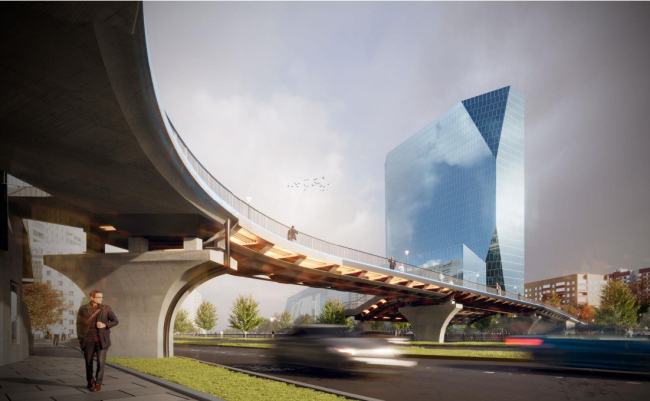 Bicycle pedestrian bridge as part of the Bauman Moscow State Technical University developmentCopyright: © PodzemproektEven more interesting is the “Metro” category: there are two projects, and both have been awarded.
 Pykhtino stationCopyright: © Metrogiprotrans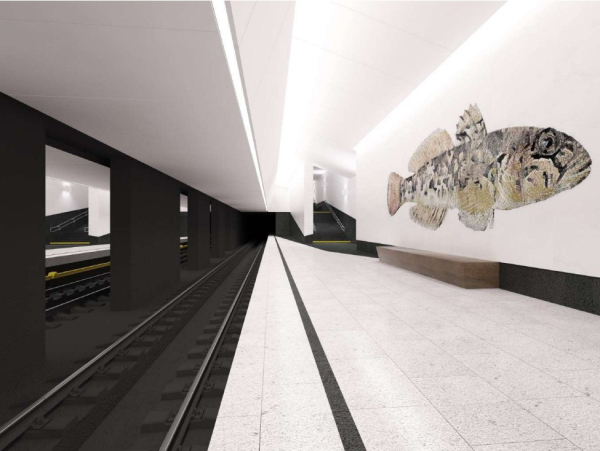 Nagatinsky Zaton stationCopyright: © za_borOn the other hand, the “Nagatinsky Zaton” station, with its mosaic fish and hidden Komsomol badges among their scales, opened at the beginning of 2023.
Clearly, the award structure, especially after the increase in the number of awards, is calling for some “shrinkage and adjustment”: high-rises are crowded among fourteen competitors, while technology parks, museums, and bridges have more than enough space... Perhaps the award needs a new, creative look at the list of categories? For example, a single category for renovation projects, as it’s difficult for them to compete, and the rest could be chosen en masse, without focusing on the typology specifics?
This is an unsolicited piece of advice.
The category for commercial and office buildings, on the other hand, is flourishing almost as much as the high-rises; it included 10 projects from 10 architectural companies: Genpro, Apex, Wall, IND, Gorproekt, Kleinewelt, KAMEN, AM Alexei Ilyin, and AI-Architects by Ivan Kolmanok – who won with the Matveevsky shopping center project on Ochakovskoye Highway.
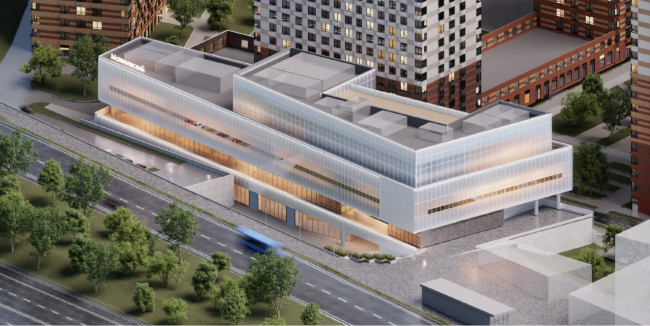 Shopping center on Ochakovskoye highwayCopyright: © AI-architectsHowever, once again, it brings us to the discussion about the categories: why combine offices and commerce, when there are 12 awards from the mayor, not 11? One seems to have been kept as a reservation for those who design offices?
Nevertheless – these critters are such debaters © – and the award organizers probably know better...
Among the 5 schools and 3 kindergartens, the winners were the projects by R1 and Mosproekt-4 respectively, the latter attracting attention with its curious plasticity of the curved facade, lacking the opportunity to assess its ergonomic design.
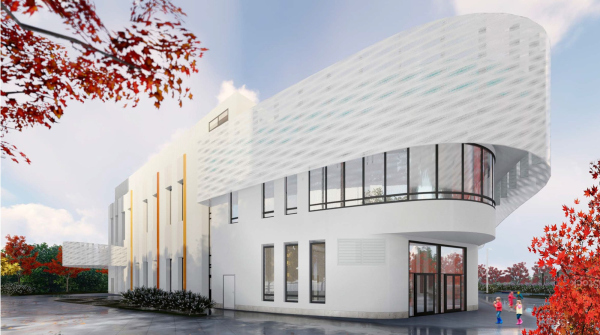 Kindergarten on Minskaya StreetCopyright: © Mosproject-4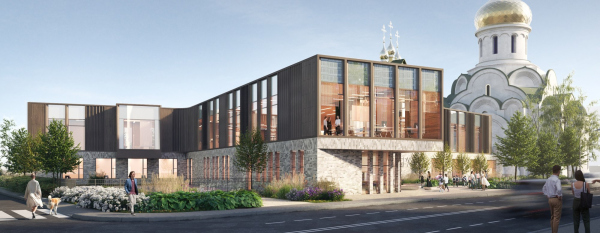 Center for additional education in RamenkiCopyright: © R1In the sports and recreation centers category, two projects competed, with the company with the mysterious name of “1.618” winning for their project on Selskokhozyaystvennaya Street. In the category for renovation housing, the winner was Dars-Renovation.
 Sports and recreation center on Selskogorozhoditelnaya StreetCopyright: © Architectural company 1.618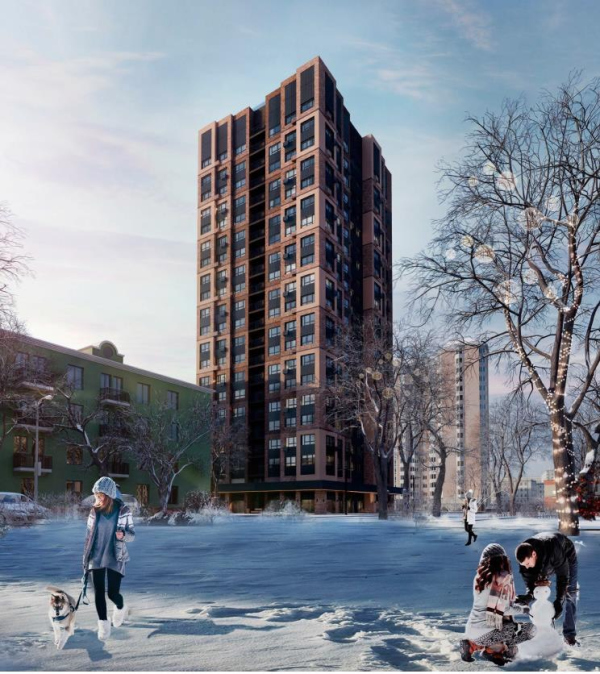 Renovation house on Novogireevskaya Street, 24aCopyright: © DARS-RenovationContinuing with my pedantic advice to the esteemed award, I’ll add just one more thing. Architects highly respect it for its high status as an award by the Mayor of Moscow, and maybe also because it comes with a cash prize, although the amount is not particularly large: for a major architectural company designing in the nation’s capital, it is, frankly, insignificant. If journalists were given a million rubles, it would be really noticeable for the laureates. Nonetheless, the award is highly respected.
Nevertheless, there are a few points to consider. One is the strange combination of categories. The organizers, like little Gerda, can’t seem to piece together a logical puzzle, and now they have the added challenge of an increased number of awards. The second point, often emphasized by Anna Martovitskaya, is the inclusion of completed buildings among the projects; it makes for an uneven competition, though there is an explanation – sometimes projects receive (and even re-receive!) their Architectural and Urban Planning permits during construction, and sometimes even after completion. In other words, the award awkwardly exposes the nuances of obtaining approvals, adding more complexity to the puzzle. It is thus limited by typology, formal project names, and formal permits. But it’s an architectural award – aren’t there too many formalities? Could it be organized more dynamically and in a less formal way?
Lastly, I think this award could very well afford to publish the projects more fully on its website. What’s with these three blurry images where the captions aren’t even legible? You are an award organized by Moskomarkhitektura, you have all the data, including the Architectural and Urban Planning Permit albums (sic!), which usually present projects very comprehensively and in increasingly detailed ways in recent years – why, oh why can’t the projects be shown in proper quality and representation? This would have been so good!
The award ceremony was held for the second time, following tradition, with a gathering of the architectural community in the courtyard of the Museum of Architecture last evening.
|
|
